The Tepin Chile: Small Spice, Big Personality – A Spicy Love Story
When it comes to chiles, size can be deceiving. Enter the tepin chile — a tiny powerhouse that punches way above its weight in the heat department. Native to the southwestern United States and northern Mexico, this wild chile is more than just a firestarter; it's got complexity, versatility, and a whole lot of character.
In this blog post, we’ll dive into the world of the tepin chile with a mix of practical advice, fun facts, and delicious inspiration. Whether you're a pro chef or a curious home cook, by the end of this article, you'll be ready to bring some serious small-but-mighty heat to your kitchen!
Contents
- What Is a Tepin Chile?
- How Hot Is It? (Spoiler: Really Hot)
- Flavor Profile: Smoky, Fruity, and Full of Life
- Culinary Uses & Tips from the Pros
- Dried vs. Fresh: Which One Should You Use?
- Substitute Suggestions for Tepin Chiles
- Can You Grow Your Own Tepin Chiles?
- 3 Quick Recipes to Try Tonight
- Fun Facts You Didn’t Know About Tepin Chiles
- Conclusion: The Little Chile That Could
What Is a Tepin Chile?
The tepin chile (Capsicum annuum var. glabriusculum) is a wild variety native to the deserts of Arizona, Texas, New Mexico, and northern Mexico. Also known as the “chiltepín” or “bird pepper,” it gets its name from its natural dispersal method — birds! They eat the fruit and spread the seeds far and wide without being affected by the capsaicin heat.
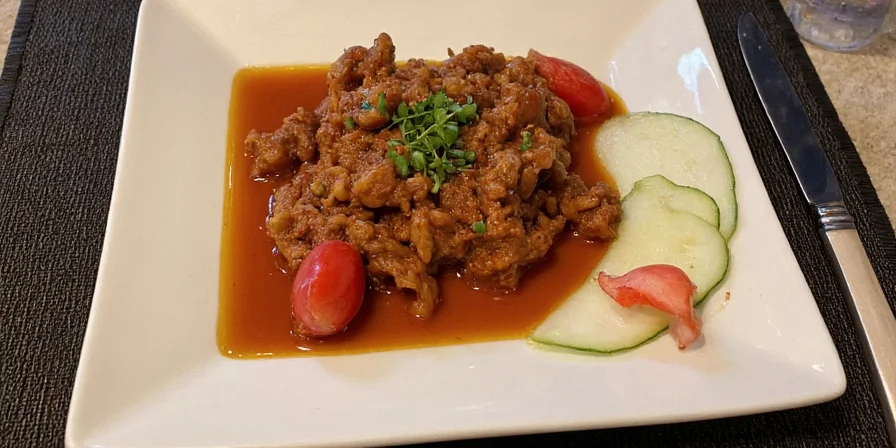
How Hot Is It? (Spoiler: Really Hot)
On the Scoville Heat Scale, tepin chiles range between 50,000–100,000 SHU. For reference:
| Chile Variety | Scoville Heat Units (SHU) | Comparison |
|---|---|---|
| Jalapeño | 2,500–8,000 | Mild and common |
| Serrano | 10,000–23,000 | A little punchier |
| Tepin | 50,000–100,000 | Packs serious heat! |
| Habanero | 100,000–350,000 | Tepin’s fiery cousin |

Flavor Profile: Smoky, Fruity, and Full of Life
Heat aside, what makes the tepin truly special is its unique flavor profile. Here's what you can expect:
- Fruity notes – hints of citrus and tropical fruit
- Earthy undertones – reminiscent of sun-dried tomatoes
- Smoky depth – especially when dried or roasted

Culinary Uses & Tips from the Pros
Tepin chiles are incredibly versatile. Here are some top ways to use them in the kitchen:
- Add Whole Pods to Oils or Vinegars – Infuse flavor without overwhelming heat.
- Toast and Crush for Salsas – Bring out smokiness and sprinkle over tacos or soups.
- Use Sparingly in Dishes – Start with one or two pods and adjust to taste.
- Make Your Own Tepin Powder – Blend dried chiles with salt or other spices for rubs.
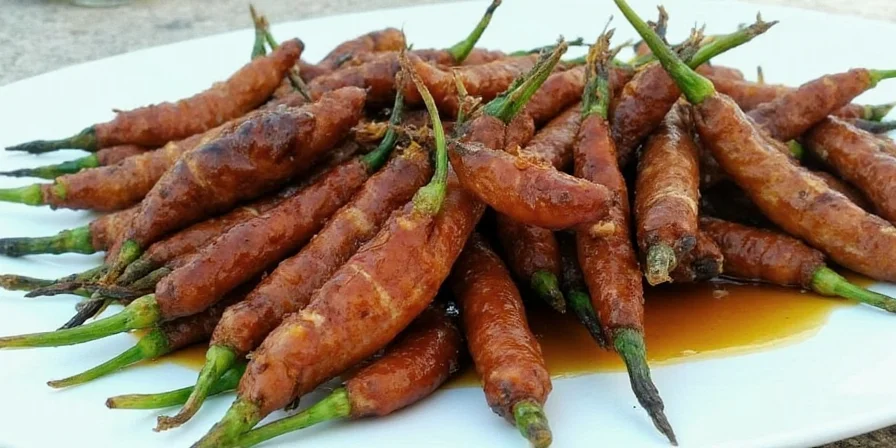
Dried vs. Fresh: Which One Should You Use?
Dried tepins tend to be more common, especially outside their native region. Here's a quick comparison:
| Form | Pros | Cons | Best For |
|---|---|---|---|
| Fresh | Vibrant color, juicy flavor | Short shelf life, hard to find | Roasting, fresh salsas |
| Dried | Longer shelf life, concentrated flavor | Stronger heat, needs rehydration | Rubs, infusions, stews |
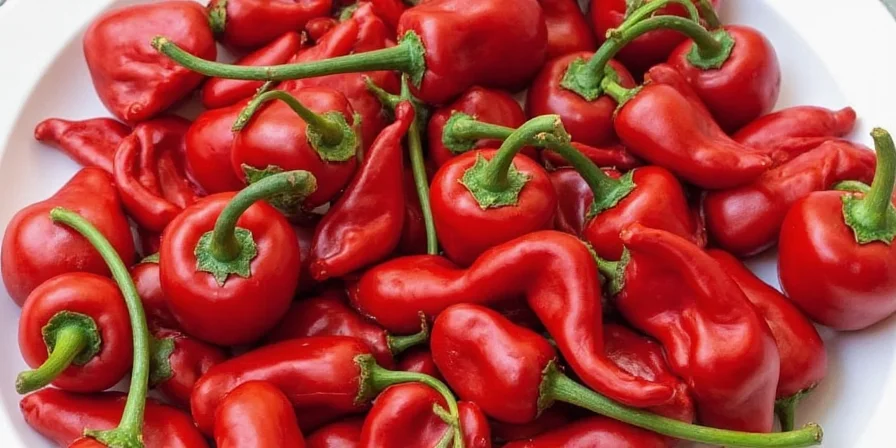
Substitute Suggestions for Tepin Chiles
If you can’t find tepin chiles, here are some solid substitutes that mimic their flavor and heat:
- Pequin Chile – Very similar in size and heat, if not spicier.
- Dried Serranos – More accessible and slightly milder but still flavorful.
- Hatch Green Chiles (Rojos) – Less heat, more smokiness.
Can You Grow Your Own Tepin Chiles?
If you live in USDA zones 8–11, you’re in luck! These hardy plants thrive in warm climates and can even survive mild winters. Here’s how to get started:
- Start Indoors – 6–8 weeks before last frost
- Full Sun – At least 6 hours per day
- Well-draining Soil – Avoid soggy roots at all costs
- Harvest When Fully Ripe – Bright red and firm
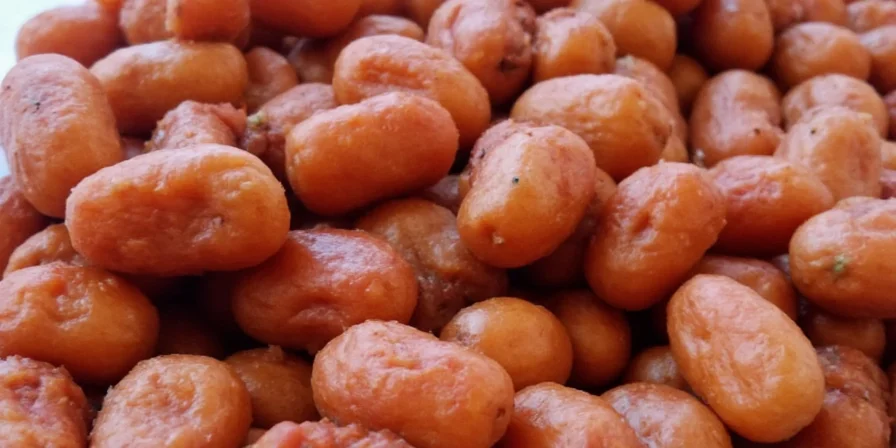
3 Quick Recipes to Try Tonight
Ready to put your tepin knowledge to work? Here are three easy recipes to spice up your dinner game:
1. Tepin Oil Drizzle
- Heat olive oil in a pan.
- Add 3–4 dried tepin chiles and let them steep for 10 minutes.
- Drizzle over grilled veggies, pizza, or pasta.
2. Tepin Salt Rub
- Blend 1 dried tepin with 2 tbsp coarse sea salt.
- Rub on steak, pork, or roasted squash.
3. Fire-Roasted Tepin Salsa
- Roast 6 tepin chiles, 2 garlic cloves, and 2 tomatoes.
- Blend until smooth, season with lime and salt.
- Pair with tortilla chips or grilled fish.

Fun Facts You Didn’t Know About Tepin Chiles
- Birds are immune to the burn of capsaicin and help propagate the plant.
- Tepin means “flea” in Nahuatl, referencing the chile’s tiny size.
- It’s the official state chile of Texas!
- You won’t typically find tepins in grocery stores — they’re usually foraged or grown locally.
Conclusion: The Little Chile That Could
The tepin chile may be small, but it’s a spice lover’s dream come true. From its intense heat to its rich, fruity flavor, this chile deserves a spot in your pantry — whether you're looking to impress guests, explore regional cuisines, or simply add a new layer of flavor to your dishes.
So next time you see those little red gems, don’t underestimate them. Grab a few, store them properly, and get ready to turn up the heat — literally and figuratively!


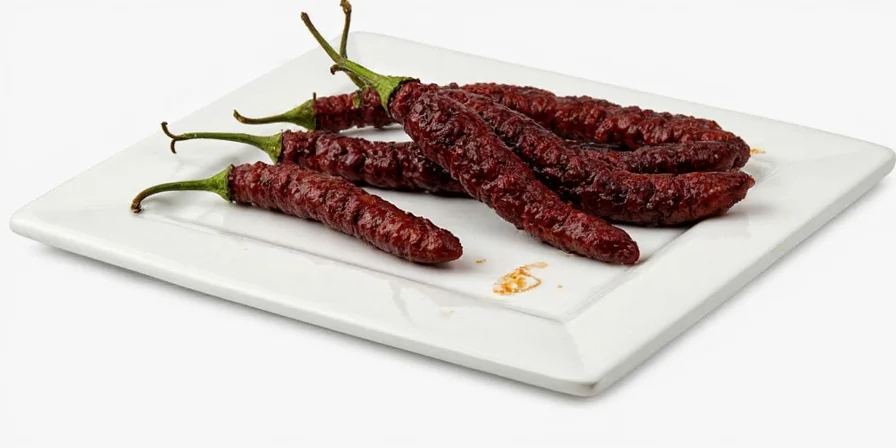









 浙公网安备
33010002000092号
浙公网安备
33010002000092号 浙B2-20120091-4
浙B2-20120091-4